Congratulations to the 2024 Rural Voices Youth Contest scholarship winners!
About the Contest
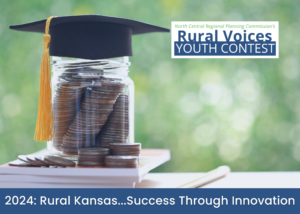 The NCRPC sponsors the Rural Voices Youth Contest each year to engage high school seniors in North Central Kansas in thoughtful reflection on rural Kansas and to promote a discussion among citizens based on their insights. The 2023-2024 theme was “Rural Kansas…Success Through Innovation.”
The NCRPC sponsors the Rural Voices Youth Contest each year to engage high school seniors in North Central Kansas in thoughtful reflection on rural Kansas and to promote a discussion among citizens based on their insights. The 2023-2024 theme was “Rural Kansas…Success Through Innovation.”
Rural Kansas: Success Through Innovation
By Noah Goss
Rural Kansas residents, community leaders, and business owners have a long history of being innovative. Rural communities have produced many successful entrepreneurs and innovators, who have developed creative solutions to community problems, established unique traditions, and built successful businesses. Join me as we discuss examples of innovation and successful entrepreneurs in North Central Kansas and my community, the historical context and key figures, and discover what more can be done to encourage and support innovation in the region.
One specific example of innovative thinking in North Central Kansas is the development of the Prairie Pothole Region, a unique tradition that serves a purpose in the town of Jamestown. The Prairie Pothole Region is an area with small, shallow depressions that collect rainwater, creating a habitat for diverse wildlife and a natural filtration system for the water. In Jamestown, the community has recognized the value of preserving and enhancing these potholes and has turned them into a tourist attraction. Local residents and community leaders have worked together to create walking trails, observation platforms, and educational programs to highlight the significance of the Prairie Pothole Region. This innovative approach not only showcases the natural beauty and wildlife of the area but also provides an opportunity for tourism, which ultimately brings economic benefits to the community.
In addition to the preservation of natural resources in Kansas, residents have also been innovative in solving community problems. The town of Beloit is an example of a community that has successfully turned a great idea into a creative solution. Facing a decline in population, leaders in Beloit recognized the need to attract and retain young professionals and families. To address this challenge, they developed the “Rural Opportunity Zone” program, which provides financial incentives to individuals who relocate to designated rural counties in Kansas. The program offers student loan repayments and income tax waivers to participants, encouraging them to settle in rural areas and contribute to the local economy. This creative solution has helped to reverse the population decline in Beloit and has attracted new residents who bring valuable skills to the community(along with quality athletes to the rest of the league’s frustration).
Keeping up with the trend of innovation in North Central Kansas is the establishment of businesses by local entrepreneurs. For example, the development of PrairieLand Partners, a John Deere dealership with locations across the region. PrairieLand Partners was founded by a group of local farmers who recognized the need for reliable and modern agricultural equipment and services. They saw an opportunity to fill this gap in the market and worked with the support of the local community to establish a dealership that provides high-quality products and support to local farmers. The success of PrairieLand Partners has not only provided jobs and economic opportunities in the region but has also contributed to the efficiency and productivity of the agricultural sector. The dealership’s commitment to customer service and innovation has made it a trusted and respected business in the community. Aside from adding these benefits to the community, PrairieLand Partners has served as a strong support system for youth organizations such as the North Central District FFA. By supporting programs such as this, they are developing youth for the future.
These examples demonstrate the innovative spirit of rural Kansas residents, community leaders, and business owners, who have harnessed their creativity and resourcefulness to address local challenges and opportunities. Their efforts have had a positive impact on their communities, contributing to economic development, environmental conservation, and social well-being. However, there is always room for improvement, and more can be done to encourage and support innovation in North Central Kansas.
One way to promote innovation in the region is through investment in education and training programs that develop the skills and knowledge needed for entrepreneurial success. By providing access to quality education, rural Kansas residents can develop new ideas, start and grow successful businesses, and address community needs. Collaboration between local businesses, educational institutions, and government agencies can facilitate the development of innovative solutions and support the next generation of entrepreneurs and community leaders. Additionally, access to funding and resources, such as grants, loans, and business development services, can help aspiring innovators to turn their ideas into reality and contribute to economic growth.
My home community in Ellsworth has done an outstanding job in recent years in providing opportunities for youth entrepreneurs by offering educational resources along with funding for their dreams. Stacie Schmidt with “Grow Ellsworth County” has been especially innovative by recognizing the traditions and history of our cowtown while searching for ways to expand and capitalize on the great qualities of our community. By combining tradition and evolution, communities can appeal to younger families while maintaining the “small-town” vibe many search for.
Furthermore, creating a supportive environment for innovation requires the involvement and engagement of all within the community. By fostering a culture of collaboration, creativity, and risk-taking, rural Kansas residents, community leaders, and business owners can work together to identify opportunities, address challenges, and implement innovative solutions. Building networks and partnerships, sharing lessons learned, and celebrating successes can inspire others to pursue their own innovative ideas and contribute to the well-being of North Central Kansas. Additionally, recognizing and rewarding innovation through awards, incentives, and public recognition can encourage individuals and organizations to continue their creative efforts and promote a culture of innovation that is celebrated.
In conclusion, the history of rural Kansas is rich with examples of innovation and successful entrepreneurs who have made meaningful contributions to their communities. Whether it’s through the preservation of natural resources, the development of creative solutions, or the establishment of successful businesses, rural Kansas residents have demonstrated their ability to adapt, create, and thrive. While there have been many successes, there is still much more that can be done to encourage innovation in North Central Kansas. By promoting education and training, facilitating access to funding and resources, and fostering a culture of collaboration and recognition, rural Kansas can continue to harness the creative potential of its residents and build a vibrant and resilient future.
The Start of a Mowing Empire
By Thaddeus Donley
When I was in 5th grade, I noticed that there was a lack of teenage kids that were willing to do physical labor. Realizing that I was about to be at that age, I saw the demand for work such as raking leaves, mowing lawns, and doing odd jobs for people around town. Our town was also in need of lawn care as our lawn and landscape company had just gone out of business in the late winter of 2017. These two things are what created the spark in me to start my own mowing business in the spring of 2017.
My dad bought me a push mower to get me started, and, of course, my parents had to drive me around because I did not have a driver’s license yet. Without their help, I would not be where I am today. Not only did they drive me around, but they also helped me out with the mowing and weed eating if they did not have anything else going on. They helped me figure out billing and bookkeeping and many other things.
During my first year I obtained around five regular lawns and a few trims on other random lawns here and there. For example, the random lawns were for people while they were on vacation or simply could not get to it when it needed to be mowed at a particular time. To obtain these yards, I printed out some homemade business cards I had made. I brought them to school and started asking my teachers if they needed someone to mow their lawn.
Halfway through the summer, my brothers started helping me. My next oldest brother is two years younger than me, and my youngest brother is three years younger than me. With them being smaller than me at the time, they mainly mowed while I did the more physical work, such as weed eating.
In my second year, 2018, I mowed ten to fifteen yards consistently. We would also do some odd jobs on the side. Those jobs consisted of anything from lawn cleanups to moving stuff inside a house that an elderly person would be unable to do. Not only was the work profitable, it also helped to keep our community nice.
In 2019, my brother that is two years younger than me became a partner in our mowing business because we had grown to about twenty to twenty-five yards. While we were gaining more yards, we also had to do more and more invoices, which takes time, so it was helpful to have him as a full-time partner.
The year 2020 rolled around, and we found ourselves amid a global pandemic, so we did not know whether we would lose business or not with people being home from work. Surprisingly, the opposite happened, and we were mowing thirty-five to forty lawns consistently. Since we gained so much more business again this year, we brought our youngest brother, who is three years younger than me on as a full-time partner.
In 2021, we had obtained around forty-five to fifty lawns that we consistently mowed throughout the year. By the fall, we noticed an increase in people who wanted their leaves cleaned up other than the customers that we were already doing it for. Even though leaf cleanup is not our favorite thing to do, we bought a machine specifically to use to pick up leaves. The main reason we did this is because there are elderly people who are unable to do this for themselves. It also cleans up our community by lessening the number of leaves in people’s lawns.
Then the year 2022 rolled around, and we noticed the demand for rental houses in our community as there was a minimum, if any, that were vacant. We formed an LLC to purchase the rental house under the age of eighteen. We completed the imperative renovations to make sure we would have a quality house to offer to potential tenants.
We also consistently mowed around seventy-five to eighty lawns throughout 2022. With this many lawns, occasionally, we started hiring on contract laborers to help us out if we were behind and/or so we could get our lawns mowed more efficiently. This has proven to help other young members of our community to earn extra money and learn the value of a hard day’s work.
We continued to grow in 2023 by picking up some public utility contracts in our communities and in the surrounding communities. These contracts help to keep our community tidy. At this point, we were steadily mowing ninety to one hundred private lawns and commercial properties.
In the upcoming year we plan to keep growing to better serve our communities. For example, we plan to keep being involved in our communities’ city-wide cleanup days.
The reason I write about the business I created with my brothers is to explain that my brothers and I identified a need in our local communities. We used one of the skillsets that we have, the ability to work hard, and created a business. While growing up on a farm and ranch helped me to develop my work ethic at a young age, I think starting my own business has helped other kids around my age in my community to develop their work ethics and get jobs. Whether it be working for a farmer, working at a manufacturing business, mowing a few lawns themselves, or any other job, I would venture to say that in my community there is a much higher percentage of teenage kids working now than there was five to ten years ago.
In turn from our hard work, we were able to purchase and renovate a house. This house first caught our attention when we saw its price. It was reasonably priced, so we talked to our economic development director about the rental market in our area. She said that there was a high demand for more rental properties in our area. We decided that since it would be good for our community and a good business decision that we would purchase the house. Then we had it renovated and it is currently rented.
The creation and growth of our business truly shows that even young people can have a positive effect on their community with a little grit, hard work, and entrepreneurial spirit.
Check back in Fall 2024 for details on the 2024-2025 Rural Voices Youth Contest.

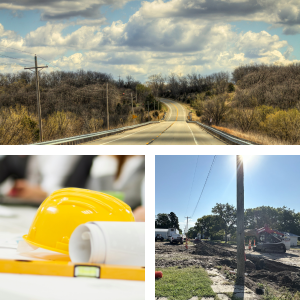 As part of the NCRPC’s Thriving Communities designation by the Department of Transportation, we have a small allocation of funding to assist communities in funding a preliminary engineering report (PER) for a transportation, water or sewer project. PER preparation for transportation projects will be highest priority. Interested communities should reply on or before January 8, 2025.
As part of the NCRPC’s Thriving Communities designation by the Department of Transportation, we have a small allocation of funding to assist communities in funding a preliminary engineering report (PER) for a transportation, water or sewer project. PER preparation for transportation projects will be highest priority. Interested communities should reply on or before January 8, 2025. 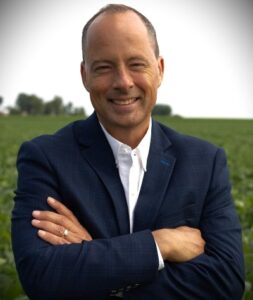

 The NCRPC sponsors the
The NCRPC sponsors the 
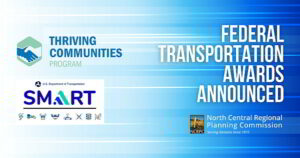
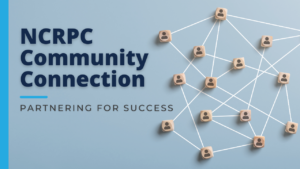
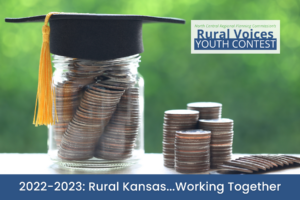 Congratulations to the 2022-2023 Rural Voices Youth Contest winners!
Congratulations to the 2022-2023 Rural Voices Youth Contest winners!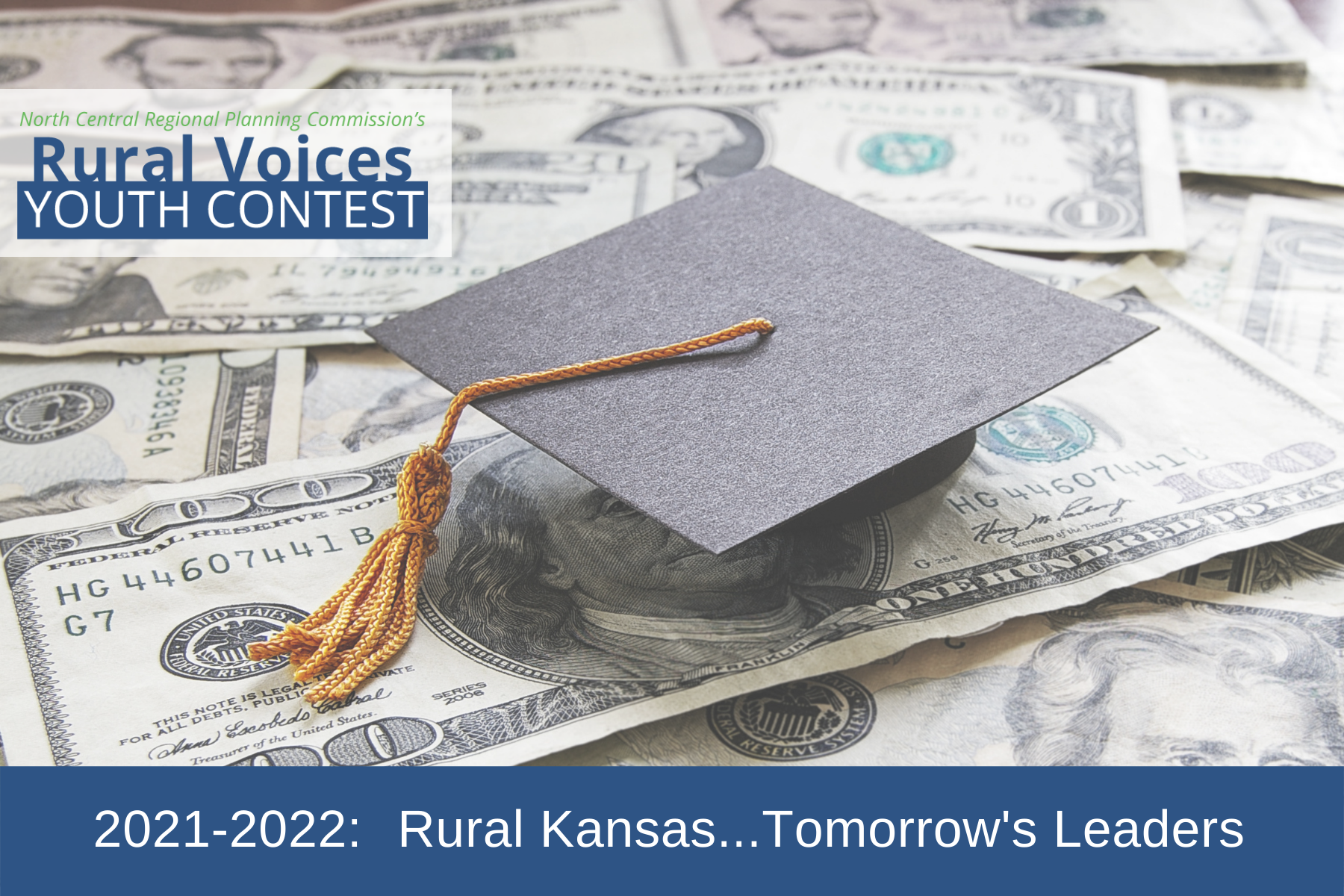 Congratulations to the 2021-2022 Rural Voices Youth Contest winners!
Congratulations to the 2021-2022 Rural Voices Youth Contest winners!